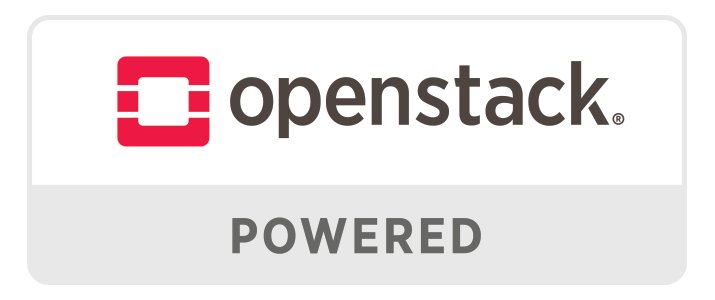Terraform is an infrastructure as code (IaC) solution. The tool allows users to build, change and manage infrastructure safely and efficiently. Terraform uses the HashiCorp Configuration Language (HCL) to manage environments.
To run an application or an entire data center, Terraform uses configuration files that describe the components needed to complete the task. Terraform creates an execution plan outlining how it will reach the desired state, then builds the described infrastructure. When configurations change, Terraform identifies the change and creates incremental action plans to be applied.
In This Article:
In case you are not familiar with InMotion, we are big OpenStack and Ceph fans – it forms the basis of our Hosted Private Clouds. Terraform is great at automation of large deployments and OpenStack is no exception – see how easy it is with our Automating OpenStack Resources with Terraform tutorial.
Infrastructure as Code
Infrastructure as code is the process of managing and provisioning the technology stack for an application through software rather than manually configuring resources like hardware devices and operating systems. Resources can be defined as any environmental element, like a virtual machine or security group.
With an IaC tool, you control and edit your infrastructure with a code file, which allows you to easily change, copy and distribute your infrastructure. Deploying an IaC tool eliminates the need to manually change configurations to manage your infrastructure. The second part of “What is Terraform?” comes in next.
Advantages of Terraform
There are many advantages to using Terraform for the management of your environment. With Terraform, you do not need to have multiple clouds to support various applications. By creating a configuration file that fits the needs of the organization or project, Terraform can manage heterogeneous environments with the same workflow.
What is Terraform will include management of projects. Terraform also does a great job of managing state files. During the start of a project, Terraform creates a state file that is used to create plans and make changes to the infrastructure. Before an operation begins, Terraform refreshes to update the state file with the infrastructure and then the state file is used to measure configuration changes as they are made. Terraform compares changes with the state file to determine what changes should result in a new resource or resource modification. Below are more advantages of using Terraform:
- Cost: Every business would like to find ways to cut their overall spending, and an IaC tool can help with that. With the use of an IaC tool, there’s no need to hire a team of professionals to carry out necessary tasks during the process or build expensive data centers to house your files.
- Control: Terraform puts you in charge of your infrastructure. Because your resources are declared in code, you can track changes to that code over time with the help of a version control system. Confidence is gained by those who use Terraform. The workflow allows for easily repeatable operations with a planning phase that confirms the requested action before Terraform completes the task. When initiating a command, the user will be prompted to review and confirm the changes before Terraform will apply the proposed plan
- Collaboration: Terraform features a dynamic backend that doesn’t restrict access, meaning multiple team members can safely work in the same configuration at the same time without the risk of losing work.
- Consistency: Another big advantage of IaC tools, is they automate a lot of the processes an IT professional would have to handle, which cuts down on the change of human error. That means you’ll get the same results from Terraform any time it creates your declared resources.

Again, Terraform is great for the deployment and management of cloud services. With the ability to easily scale resources when needed, the software can streamline the efforts of many companies in various industries. Experience Terraform in action, learn more about our OpenStack powered OpenMetal solution.


































